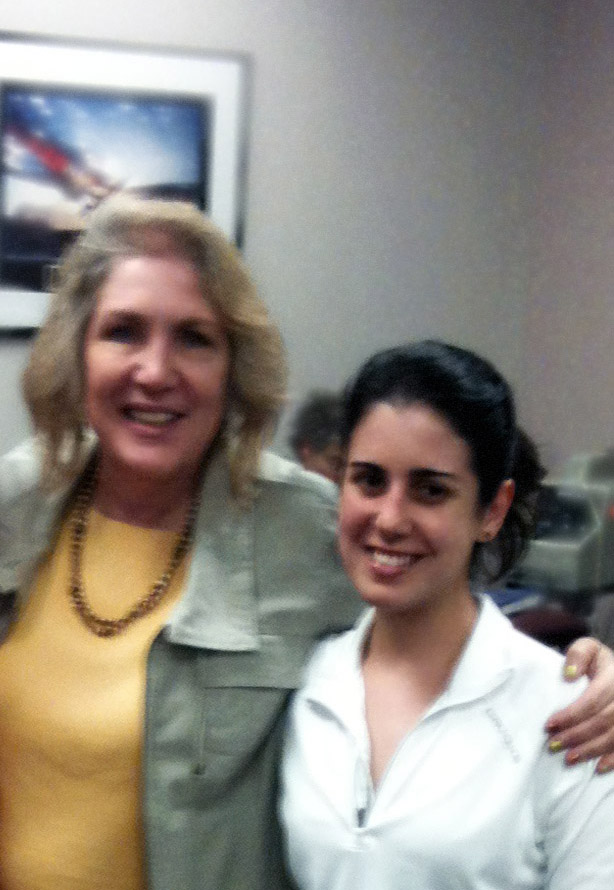A big change in pain because of a relatively tiny adjustment in what we are doing.
Dec 3, 2012
By Beatriz
Recently, a colleague and I had the opportunity to participate in a Functional Manual Therapy course offered by the Institute of Physical Art in McKinney, Texas. The instructor’s talent at teaching simple concepts, as well as more advanced topics and manual therapy techniques, was truly superior. I’m looking forward to sharing some of the content here, hopefully it will be as informative and evocative as I expect it to be. This blog entry is part of an effort to give you just a peek inside the intensive three day long course. I’d like to start with the following:
. It is hard to damage our joints in the middle, midrange or loose pack position.So, the first thing to focus on in function is achieving a balanced and neutral alignment of the joints. We have to learn to live in the middle. . We need motion for nutrition.Why? Well, the structures of the body are nourished by motion. When an area becomes stagnant, its entire nutritional status, both the circulatory and lymphatic systems, and the amount of proprioceptive input coming from that area, become affected. . A problematic position for most people is sitting.So, in sitting, we should ask ourselves: is there equal weight distribution in the skeleton and going through our pelvic floor? Are we neutral in our spine? We shape our bodies by how we use them until we can only use them one way. For example, our habits shape us to only sit a few ways and those ways may be perpetuating inflammation and pain. At times, we may need to address a chair’s height and depth, and add support to the surface in order to sit in a non-inflammatory way. It’s all about inflammation, if we cannot control inflammation, we cannot control pain. |
 |
| Institute of Physical Art instructor, Cheryl Wardlaw. |
. A chair is the right height, almost always 19”, when we are using the correct base of support in sitting.
We want to maintain the anterior hip and trunk angle open, putting slack in the hamstrings and allowing some tension in the iliopsoas to hold the pelvis and lumbar spine. When it is hard to change the height of the chair (e.g. at work or while eating at a restaurant) we can sit a little towards the edge and drop one leg underneath, at least on one side putting slack through the hamstrings.
In the efficient state, 25% of the weight comes to our lumbar spines, our legs feel relatively heavy, and we have the ability to rock the pelvis equally forward and backward to keep the nutrients coming to this area. However, people often bear weight on the sacrum, coccyx and lumbar spine, causing the elongation of the posterior ligamentous system, which is inflammatory, and the firing of global muscles that don’t have enough mitochondria to keep such contractions going.
Our bad sitting habits can tear things up in our bodies, just like we can break steel by bending it often. Our system tires out and wears out ligaments, joint capsules, discs, and facet joints. Often, without any manual therapy and with a few postural changes we can teach our bodies how to start to control pain.
To learn more about healthy postures that minimize chances of experiencing pain in the long run, subscribe to our mailing list. You may also contact us at 305-428-2790 for a personalized posture and movement evaluation by a physical therapist.
Leave a Reply
Complete the below fields to submit your comments for this news article.
250 Catalonia Ave, Ste 307, Coral Gables, FL 33134 P:305-428-2790 | F:305-428-2791

No Comments
Leave your comments in the form below.